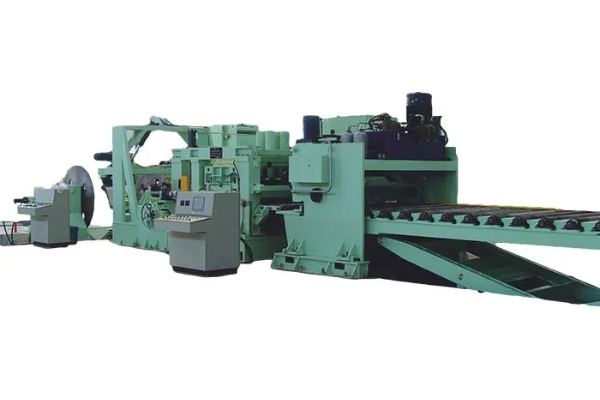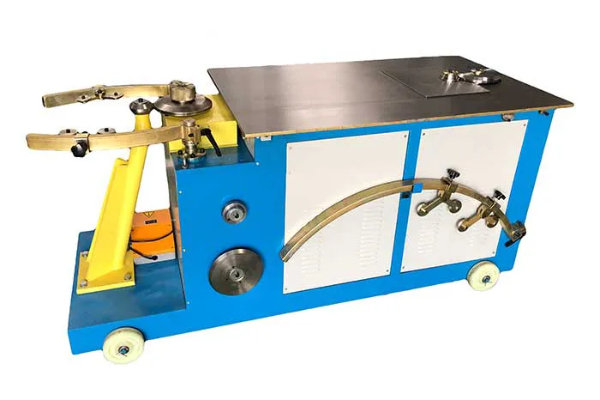
Quality Control Measures for Ensuring Precision in Duct Fabrication
- By:Metmac
- 2024-05-11
- 175
The labyrinthine network of ducts that ventilates our buildings is a marvel of engineering, responsible for maintaining optimal air quality and thermal comfort. Precision is paramount in duct fabrication, as deviations from specifications can compromise system performance and even pose safety hazards. To ensure unwavering accuracy, manufacturers implement stringent quality control measures throughout the fabrication process.
1. Material Inspection and Cutting
The first line of defense lies in meticulous material inspection. Metal sheets and fittings are thoroughly checked for surface defects, thickness, and dimensional accuracy. Precise cutting techniques, such as laser cutting or CNC plasma cutting, ensure clean edges and exact dimensions.
2. Welding and Assembly
Welding plays a crucial role in assembling duct components. Certified welders use appropriate techniques to create leak-proof joints. Automated welding systems enhance consistency and reduce human error. Assembly jigs and fixtures ensure proper alignment and dimensional tolerances.
3. Dimensional Verification
Continuous dimensional verification is essential to detect any deviations from specifications. Measuring tools, including calipers, lasers, and CMMs (coordinate measuring machines), are employed to check critical dimensions, such as length, width, and angles.
4. Pressure Testing
Pressure testing is performed to verify the integrity of ducts and joints. Air or water is introduced into the ductwork under controlled pressure, simulating operating conditions. Any leaks or pressure drops are identified and corrected.
5. Inspection and Validation
Final inspection involves a thorough examination of the completed ductwork. Visual checks and dimensional measurements ensure that the product meets all specified requirements. Validation testing may be conducted to confirm performance parameters, such as airflow and pressure drop.
6. Continuous Improvement
Quality control is an ongoing process, not a static end point. Manufacturers implement continuous improvement programs to identify and eliminate potential errors. This involves regular audits, feedback loops, and training to ensure that quality standards are consistently met.
By implementing these quality control measures, manufacturers can achieve precision in duct fabrication, ensuring optimal system performance and the safety and well-being of building occupants. Precision ductwork is a cornerstone of any high-performing building, providing reliable ventilation and a comfortable indoor environment.
-
Finding the Right Partner: Your Guide to Premium Sheet Metal Laser Cutting Machines for Sale
2025/12/23 -
METMAC: Defining Excellence Among Sheet Metal Laser Cutting Machine Manufacturers
2025/12/23 -
Unleashing Power and Precision: The METMAC Plasma Sheet Metal Cutting Machine
2025/12/23 -
CNC laser cutting machine sheet metal-Precision Redefined: The METMAC CNC Laser Cutting Machine for Sheet Metal Mastery
2025/12/23
-
Advanced Sheet Metal Rolling, Laser Cutting, and Folding Machines for Precision Fabrication
2025/10/31 -
High-Performance Sheet Metal Bending and Cutting Machines for Modern Fabrication
2025/10/31 -
High-Quality Sheet Metal Equipment for Sale: Efficient Solutions for Modern Manufacturing
2025/10/31 -
High-Performance Sheet Metal Equipment for Sale: Forming and Shearing Solutions for Modern Fabrication
2025/10/22
-
A Guide to the Latest Innovations in Sheet Metal Folding Machines
2024/11/29 -
Key Features to Consider When Investing in a Sheet Metal Folding Machine
2024/11/28 -
Enhancing Precision with Advanced Sheet Metal Folding Machines
2024/11/27 -
How to Choose the Right Sheet Metal Folding Machine for Your Workshop
2024/11/26







